Find Help
More Items From Ergsy search
-

Evidence-Based Interventions: injections for non-specific low back pain without sciatica
Relevance: 100%
-

Mechanical Lower Back Pain
Relevance: 29%
-
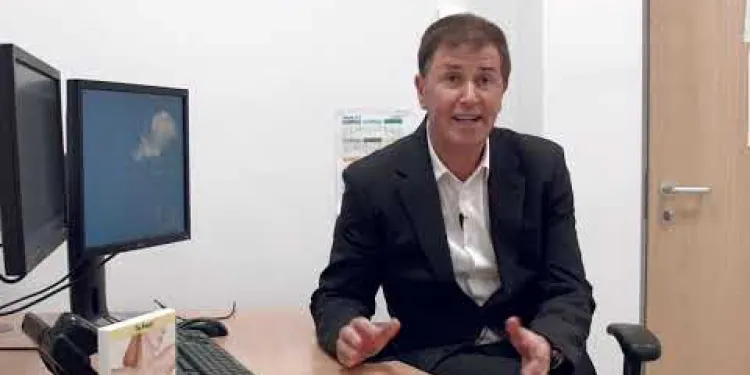
Evidence-Based Interventions: breast reduction
Relevance: 29%
-

Evidence-Based Interventions: haemorrhoid surgery
Relevance: 27%
-
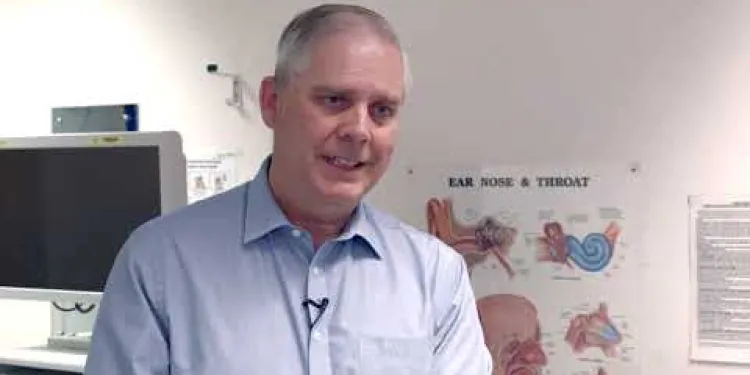
Evidence-Based Interventions: tonsillectomy for recurrent tonsillitis surgery
Relevance: 27%
-

Exercises for sciatica: herniated or slipped disc | NHS
Relevance: 26%
-
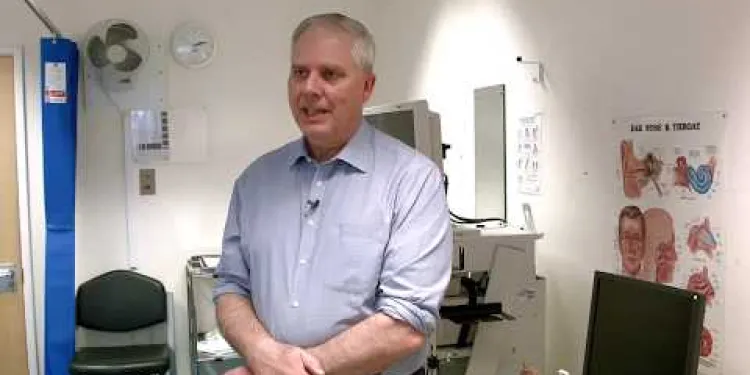
Evidence-Based Interventions: snoring surgery in the absence of Obstructive Sleep Apnoea (OSA)
Relevance: 26%
-
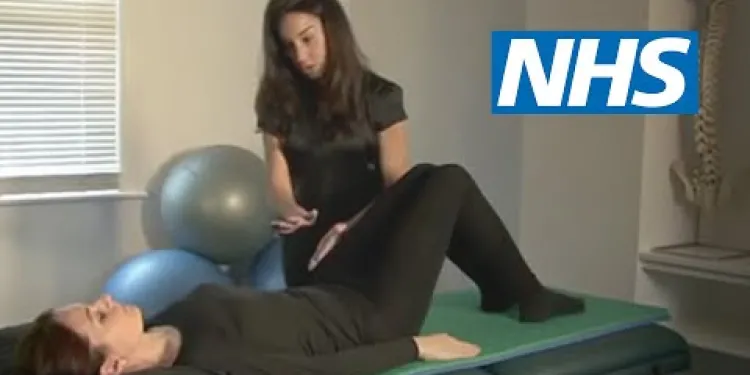
Exercises for sciatica: degenerative disc disease | NHS
Relevance: 25%
-
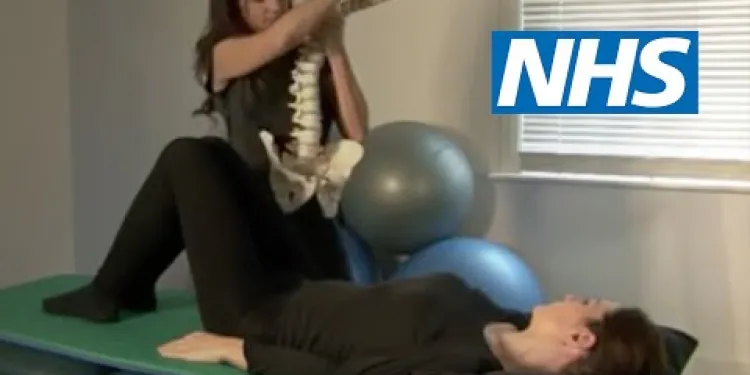
Exercises for sciatica: herniated or slipped disc | NHS
Relevance: 25%
-
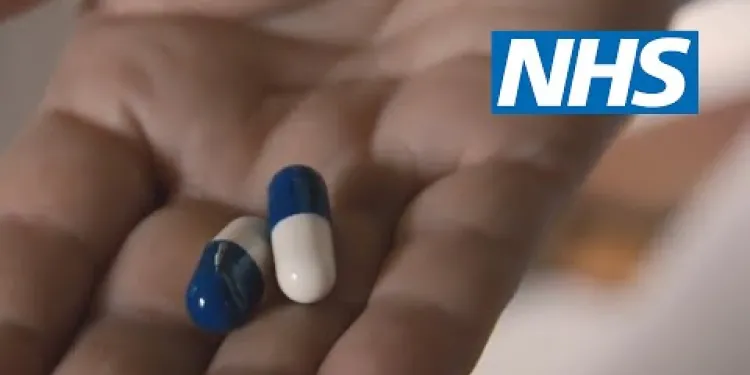
How to treat back pain | NHS
Relevance: 24%
-
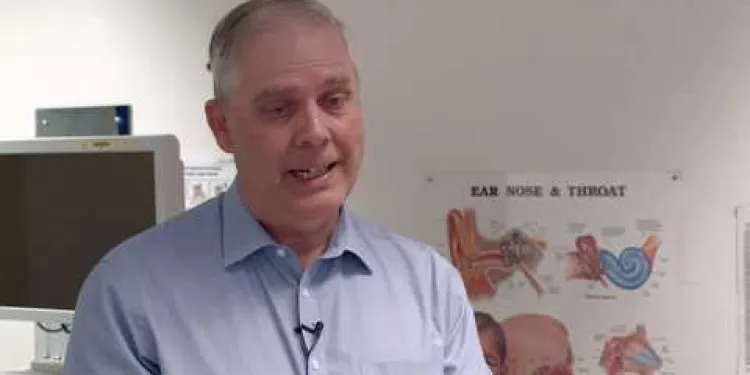
Evidence-Based Interventions: grommets for glue ear in children
Relevance: 23%
-

Useful information for patients with lower back pain
Relevance: 23%
-
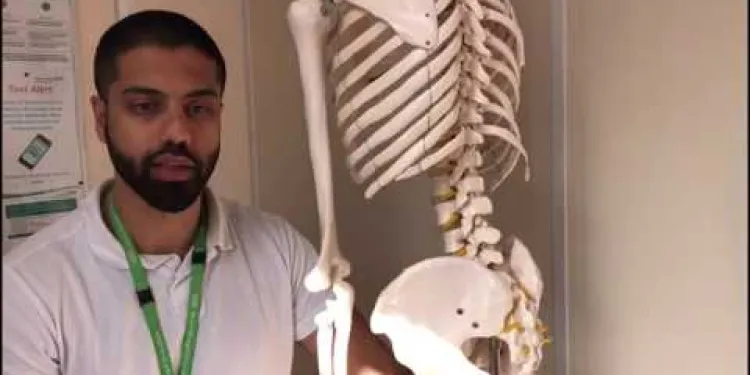
MSK Lower Back Pain information video
Relevance: 23%
-

How do chiropractors treat back pain?
Relevance: 22%
-

Exercises for sciatica: piriformis syndrome | NHS
Relevance: 22%
-

Useful information for patients with lower back pain
Relevance: 22%
-

Back stretches | NHS
Relevance: 21%
-
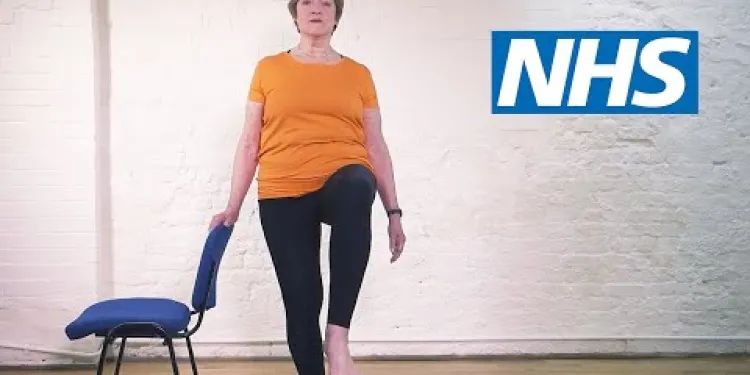
Pilates for back pain: Standing on one leg | NHS
Relevance: 21%
-
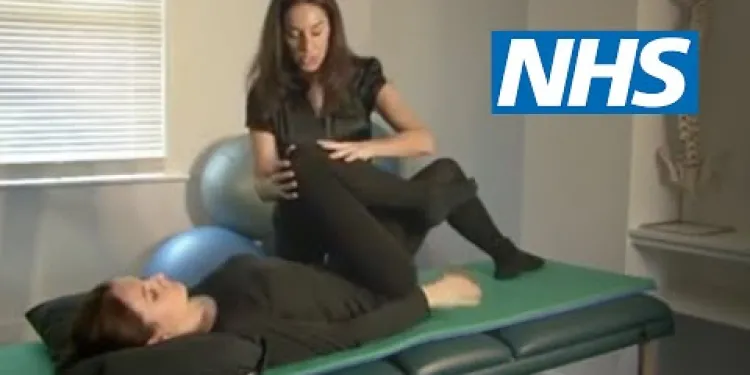
Exercises for sciatica: spinal stenosis | NHS
Relevance: 20%
-

Pilates for back pain: Seated waist twist | NHS
Relevance: 20%
-

Pilates for back pain: Seated waist twist | NHS
Relevance: 20%
-
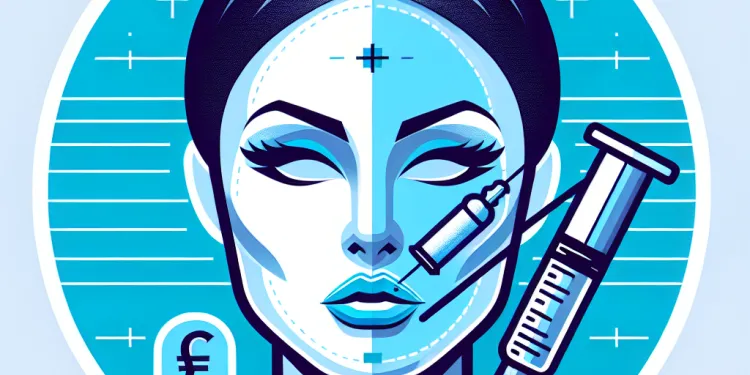
Does Botox injection hurt?
Relevance: 19%
-
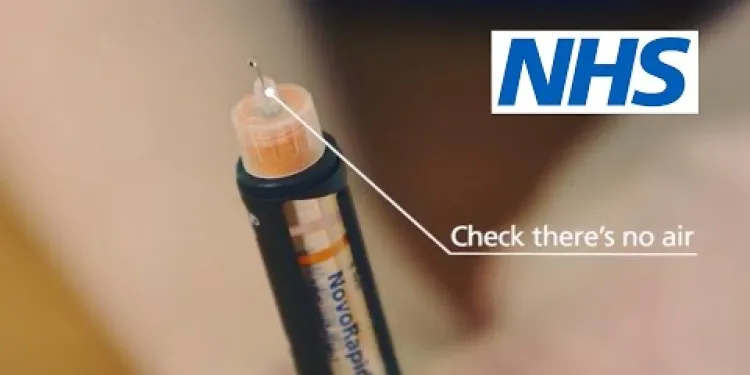
Diabetes: How to inject insulin | NHS
Relevance: 18%
-
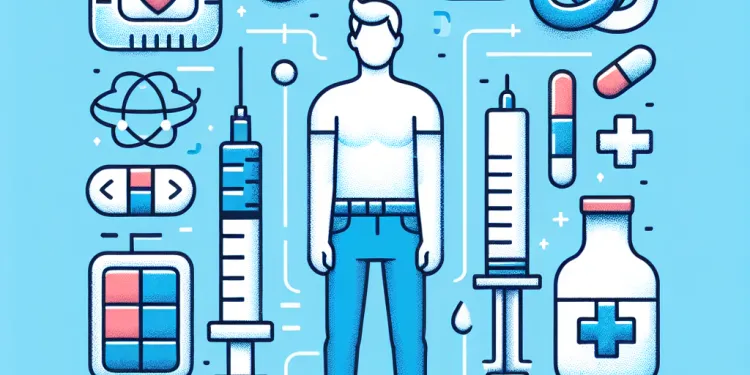
How to inject insulin
Relevance: 17%
-

Eye Injections at Royal Bournemouth Hospital
Relevance: 17%
-

Are GLP-1 medications injectable?
Relevance: 17%
-
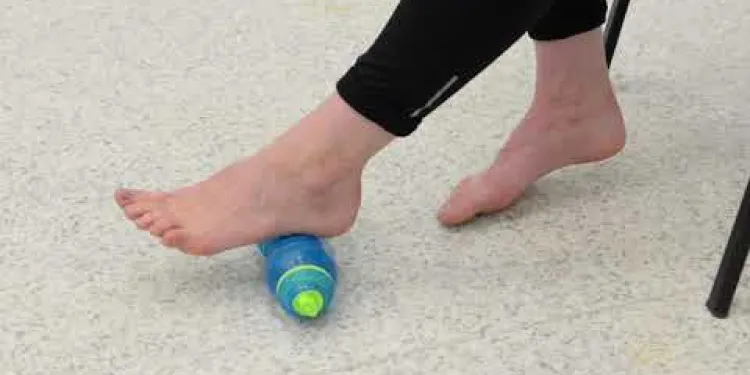
Foot Pain
Relevance: 16%
-
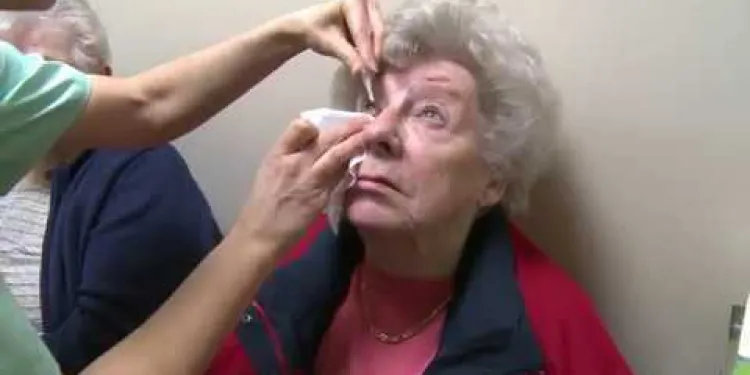
Eye Injections at Royal Bournemouth Hospital
Relevance: 16%
-
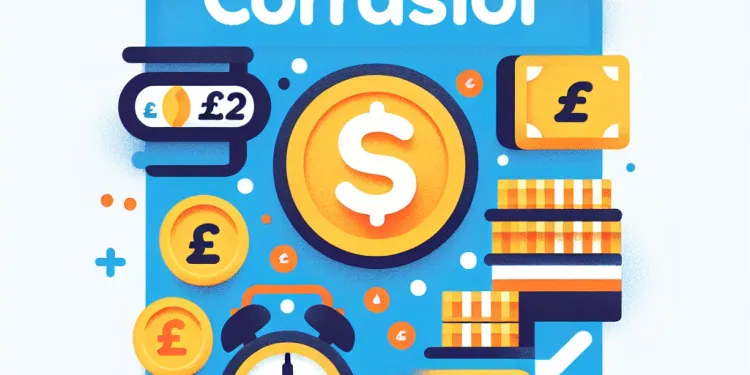
What can low levels of cortisol cause?
Relevance: 16%
-

Should I avoid lying on my back during exercise?
Relevance: 15%
-

Shoulder subacromial shoulder pain
Relevance: 14%
-
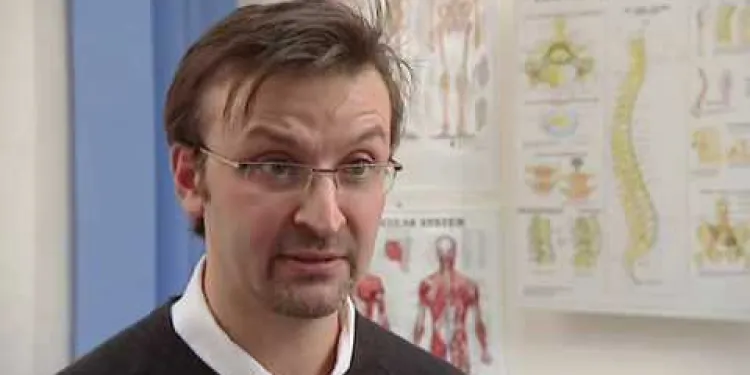
Advice on neck pain and whiplash
Relevance: 14%
-
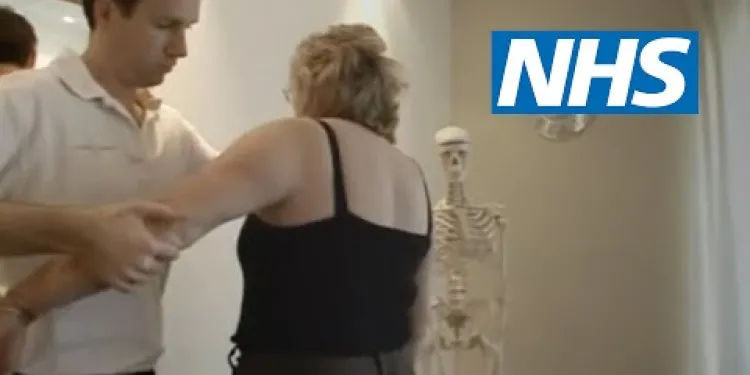
Shoulder pain | NHS
Relevance: 14%
-
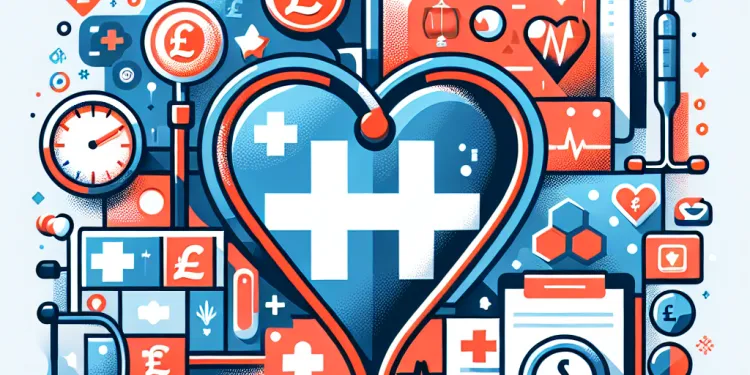
What is the NHS Low Income Scheme?
Relevance: 14%
-

Shoulder pain | NHS
Relevance: 14%
-
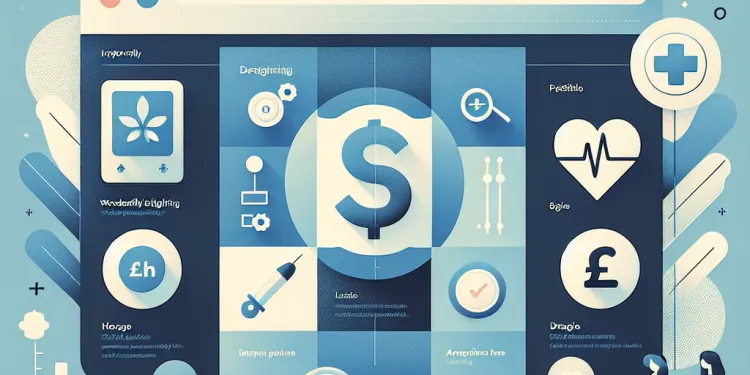
What is the NHS Low Income Scheme?
Relevance: 14%
-
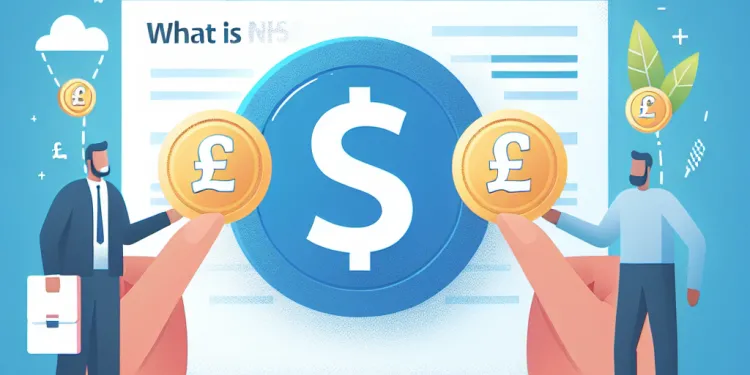
What is NHS Low Income Scheme?
Relevance: 14%
-

What should I do if I experience side effects after a Botox injection?
Relevance: 13%
-
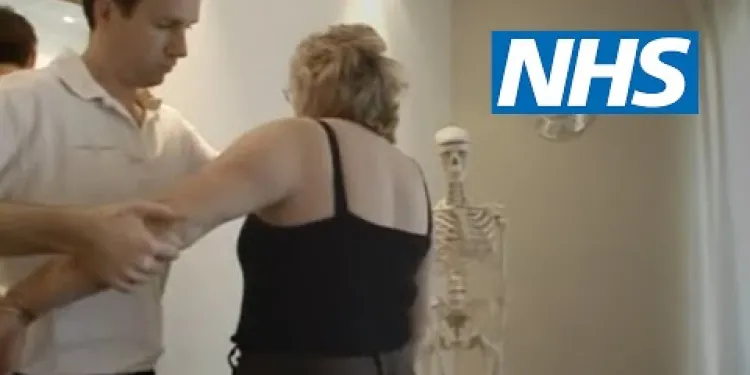
Shoulder pain | NHS
Relevance: 13%
-
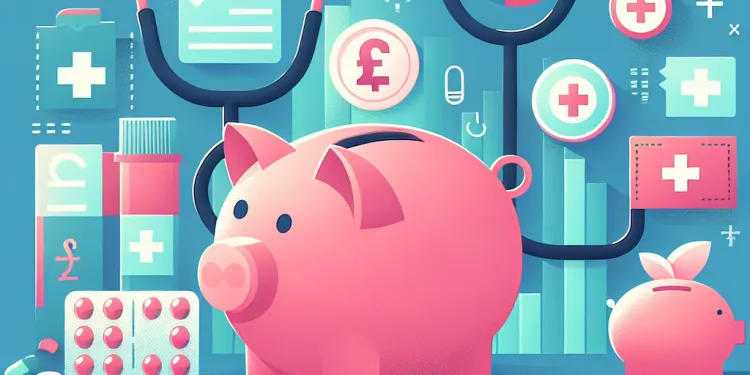
Who is eligible for the NHS Low Income Scheme?
Relevance: 13%
Evidence-Based Interventions: Injections for Non-Specific Low Back Pain Without Sciatica
Introduction
Non-specific low back pain (NSLBP) is a common issue in the United Kingdom, affecting many individuals irrespective of age or gender. Unlike specific back pain caused by identifiable conditions such as herniated discs or spinal infections, NSLBP lacks a clear pathological cause. This ambiguity often makes treatment challenging. Recent years have seen an increased focus on evidence-based interventions, including various types of injections aimed at alleviating pain and improving quality of life for sufferers.
Types of Injections
Several types of injections have been studied and are employed for managing NSLBP:
- Epidural Steroid Injections (ESIs): These injections deliver corticosteroids directly into the epidural space of the spine. The goal is to reduce inflammation around the nerve roots and other structures. However, their efficacy in NSLBP without sciatica remains contested.
- Facet Joint Injections: These injections target the small joints located between the vertebrae. While effective in some instances, their success rate for NSLBP varies, and they are often used more for diagnostic purposes than long-term treatment.
- Trigger Point Injections: These are employed to manage pain originating from tightened muscle knots or trigger points. The injections usually contain a mixture of local anesthetics and corticosteroids and are aimed at the muscle tissue rather than the spine itself.
Effectiveness of Injections
The effectiveness of injections for NSLBP without sciatica has been subject to extensive research, yet the results are mixed:
- Short-Term Relief: Studies indicate that injections like ESIs and facet joint injections may offer short-term pain relief, often lasting a few weeks to several months. This short-term relief can be crucial for enabling patients to engage in physical therapy and other rehabilitative activities.
- Long-Term Efficacy: The long-term benefits are less clear. Some evidence suggests that while injections can provide symptom relief, they might not significantly alter the overall progression of NSLBP. Consequently, injections are often recommended in conjunction with other treatments such as physical therapy and lifestyle modifications.
Guidelines and Recommendations
Clinical guidelines in the UK, such as those from the National Institute for Health and Care Excellence (NICE), advocate for a multidisciplinary approach to managing NSLBP. Injections are generally not considered first-line treatment but may be recommended when conservative measures such as physical therapy, exercise, and medications have proven insufficient. Patient history, comorbidities, and individual pain profiles should also be considered.
Conclusion
While injections offer a potential for temporary relief in NSLBP without sciatica, their application is best considered as part of a broader, evidence-based treatment strategy. Consulting healthcare professionals for tailored advice is essential to ensure that the chosen intervention aligns with the patient’s specific needs and overall treatment goals.
Injections for Back Pain without Leg Pain
Introduction
Many people in the UK have back pain that doesn’t have a clear cause. This is called non-specific low back pain (NSLBP). It can happen to anyone, no matter how old they are or if they are male or female. Unlike back pain from things like slipped discs, NSLBP doesn't have a clear reason. This makes it hard to treat. Doctors are looking at different ways to help, including injections.
Types of Injections
Doctors use different injections to help with NSLBP:
- Epidural Steroid Injections (ESIs): These put medicine into the space around the spine to help reduce swelling. They aim to help ease pain. But it’s not clear if they work well for NSLBP without leg pain.
- Facet Joint Injections: These target the small joints in your spine. They sometimes help but not always. Doctors also use them to find out what is causing the pain.
- Trigger Point Injections: These help with pain from tight muscles. The medicine goes into the muscle and not the spine. It includes pain relief medicine and a small amount of steroids.
How Well Do Injections Work?
Researchers have looked at how well these injections work. The results are mixed:
- Short-Term Relief: Injections like ESIs and facet joint injections might help with pain for a short time, from a few weeks up to a few months. This might help people do exercises and other treatments.
- Long-Term Benefits: It is not clear if injections help for a long time. Some evidence shows they may ease symptoms but not stop NSLBP from getting worse. Injections often work better with physical therapy and changing lifestyle habits.
Guidelines and Advice
In the UK, advice from health experts suggests using different methods to help manage NSLBP. Injections are not the first choice. They might be suggested if exercise, physical therapy, or medication don’t help. Doctors will also look at a person's health history and pain levels when deciding.
Conclusion
Injections might help with temporary relief for NSLBP without leg pain. It’s important to use them as part of a bigger plan that’s based on evidence. It’s best to talk to healthcare professionals to find the right plan for your specific needs and goals.
Frequently Asked Questions
What are evidence-based interventions for non-specific low back pain without sciatica?
Evidence-based interventions include physical therapy, exercise programs, cognitive behavioural therapy, and some forms of manual therapy. Injections are typically not first-line treatments.
Why are injections not commonly recommended for non-specific low back pain without sciatica?
Injections are not usually recommended because evidence suggests they provide limited short-term relief and do not address the underlying causes of the pain.
What types of injections are sometimes considered for non-specific low back pain?
The types of injections sometimes considered include epidural steroid injections and facet joint injections, but these are generally reserved for specific cases.
Is there any long-term benefit of receiving injections for non-specific low back pain?
Current evidence indicates that injections do not provide significant long-term benefits for non-specific low back pain without sciatica.
What are alternative treatments to injections for managing non-specific low back pain?
Alternative treatments include physical therapy, regular exercise, over-the-counter pain medications, and cognitive behavioural therapy.
Are injections safe for treating non-specific low back pain?
Injections carry some risks, including infection, bleeding, and nerve damage. Considering the limited benefits, they are generally not the first choice for treatment.
What is non-specific low back pain?
Non-specific low back pain is a type of back pain not attributed to any identifiable condition, such as a fracture, infection, or herniated disc.
Can exercise help with non-specific low back pain?
Yes, regular exercise, particularly activities that strengthen the back and improve flexibility, can help manage and reduce non-specific low back pain.
What role does physical therapy play in treating non-specific low back pain?
Physical therapy can help improve function, reduce pain, and prevent the recurrence of low back pain through targeted exercises and manual therapy techniques.
Are over-the-counter pain medications effective for non-specific low back pain?
Over-the-counter pain medications like paracetamol and ibuprofen can help manage the pain, but they should be used as part of a broader treatment plan.
Can cognitive behavioural therapy (CBT) help with non-specific low back pain?
Yes, CBT can help patients manage pain by changing the way they think and respond to pain, which can improve overall functionality and quality of life.
Is manual therapy effective for non-specific low back pain?
There is some evidence to suggest that manual therapy, such as spinal manipulation or mobilisation, can provide short-term pain relief for non-specific low back pain.
What should I expect if I receive an injection for non-specific low back pain?
If you receive an injection, you may experience temporary pain relief. However, the relief may not be long-lasting, and there are potential risks involved.
How can I prevent non-specific low back pain from recurring?
Maintaining an active lifestyle with regular exercise, practicing good posture, managing weight, and avoiding activities that strain the back can help prevent recurrence.
When should I consider injections for my non-specific low back pain?
Injections should be considered only after other conservative treatments have failed and when pain significantly interferes with daily activities, and even then, only under a healthcare provider's recommendation.
What are good ways to help with low back pain that isn't sciatica?
Low back pain can hurt. Sometimes, we don't know why it happens. This is called non-specific low back pain. Here are some ways to make it better:
- Exercise: Gentle exercises can help your back feel stronger.
- Heat: Using a warm pack can soothe the pain.
- Massage: Rubbing the sore area can make it feel better.
- Stretching: Simple stretches can help your back move better.
- Relaxation: Breathing deeply and relaxing can help with pain.
Sometimes, it's good to talk to a doctor or therapist for more help. They can show you what to do. Using these ideas can help your back feel better over time.
There are different ways to help people feel better. Some good ways are: doing special exercises, talking therapy to help with thoughts and feelings, and some types of gentle hands-on therapy. Getting injections is not usually the first thing doctors try.
Why are injections not often given for low back pain without leg pain?
Doctors do not usually give injections for low back pain if it is not causing leg pain (called sciatica). Here are some reasons:
- Not very helpful: Injections do not always take away the pain for long if there is no leg pain.
- Other ways first: Rest, gentle exercise, or medicine can help more for just back pain.
If you have low back pain and need help, talk to a doctor. They can tell you the best way to feel better. Using picture guides can also help understand your choices.
Doctors do not usually say to have injections. Injections only help a little bit and only for a short time. Injections do not fix the reason why you have pain.
What kinds of shots might help with back pain?
If your back hurts, there are special shots that might help. These are called injections. They go into your back to help with pain. Always talk to your doctor to see what's best for you.
Here are some things that can help:
- Ask someone to help you read or understand the information.
- Use simple words to talk about your pain.
- Write down any questions you have for the doctor.
There are some special kinds of injections. These might be epidural steroid injections or facet joint injections. Doctors only use these in certain cases.
Do injections help with back pain for a long time?
Right now, experts say that shots (injections) do not help much with back pain if the pain isn't going down your leg (sciatica).
What other treatments can help with low back pain besides injections?
If you have pain in your lower back and don't want injections, there are other things you can try.
- Exercise: Moving your body can help. Try walking, stretching, or yoga.
- Physical Therapy: A therapist can show you special exercises to ease your pain.
- Heat or Cold: A hot pack or an ice pack can make your back feel better.
- Massage: A gentle back rub can relax your muscles and reduce pain.
- Mindfulness: Breathing exercises and meditation can help you feel more relaxed.
You can ask a grown-up or someone you trust to help you choose the best option for you.
Other ways to help include:
- Seeing a physical therapist to help with movement.
- Doing exercise often.
- Taking simple pain medicine that you can buy at the store.
- Talking to a therapist to help change how you think about pain.
Are injections safe for helping with back pain?
Getting a shot can sometimes be risky. It might cause an infection, bleeding, or hurt a nerve. Because these risks are serious and the benefits are small, doctors usually try other treatments first.
If reading is hard, try using a ruler or your finger to help keep your place. You can also ask someone to read with you or use an audio tool to listen to the text.
What is non-specific low back pain?
Non-specific low back pain is when your lower back hurts, but the doctor does not know why.
Here are some tips to understand better:
- Ask your doctor to explain using simple words.
- You can use pictures or drawings to help.
- Watch videos that explain back pain in a simple way.
Non-specific low back pain means your back hurts, but doctors do not know why. It is not because of a broken bone, infection, or slipped disc.
Can exercise help with feeling better when your lower back hurts?
Does your lower back hurt, but you're not sure why? Doing different exercises might help make it feel better.
You can try gentle stretches, like touching your toes or reaching up to the sky. Walking or swimming can also help your back.
Remember to take breaks and rest a little if it feels too hard.
You can use pictures or videos to see how to do the exercises safely.
It’s always a good idea to talk to a doctor or a physiotherapist before starting new exercises, especially if your back hurts a lot.
Yes, doing exercise a lot can help if your back hurts. Exercises that make your back strong and help you stretch are good for this.
How can physical therapy help with low back pain?
Physical therapy can help your body move better and hurt less. It can stop low back pain from coming back. This is done with special exercises and hands-on help.
Do store-bought pain medicines help with lower back pain that has no clear cause?
You can take medicines like paracetamol and ibuprofen to help with the pain. You can buy these without a prescription. But remember, it's good to use them with other ways to feel better too.
Can talking therapy help with back pain?
Sometimes your back can hurt for no clear reason. This is called non-specific low back pain.
Talking to someone about thoughts and feelings might help the pain. This is called cognitive behavioural therapy (CBT).
Doing simple exercises and stretches can help too. A doctor or therapist can show you how.
Taking slow, deep breaths might help you feel better. You can try this when the pain feels bad.
Remember, it is always good to ask a doctor or therapist for help.
Yes, CBT can help people deal with pain. It changes how they think about pain and how they react to it. This can help them do more things and feel better in life.
Does manual therapy help with low back pain?
Manual therapy means using hands to make pain better.
Low back pain is when your back hurts.
Sometimes, we don't know why people have back pain.
Manual therapy might help some people with this kind of back pain.
If you have low back pain, talk to a doctor or therapist.
They can tell you if manual therapy is good for you.
Using a pillow or heat pack might also help back pain feel better.
Ask for someone to help explain if needed.
Some studies say that treatments using hands, like moving the spine, can help with back pain for a little while.
What happens if I get a shot for back pain?
If you get a shot to help your back pain, here is what you can expect:
- Before the Shot: A doctor will talk with you and explain what will happen. You might sit or lie down.
- During the Shot: The doctor will use a small needle to give you the shot. It might feel like a little pinch.
- After the Shot: Your back may feel better, but it could take a little time. Rest if you need to.
Helpful Tips: Talk to your doctor if you have questions or worries. It’s okay to tell them how you feel.
If you get a shot, it might help your pain go away for a little while. But the pain might come back after some time. Also, there could be some risks with getting a shot.
How can I stop back pain from coming back?
Here are some ways to help keep your back feeling good:
- Exercise: Do simple exercises like walking or swimming to keep your back strong.
- Good posture: Sit and stand up straight to help your back.
- Lifting: Bend your knees and keep your back straight when picking things up.
- Healthy weight: Stay at a healthy weight so there's less pressure on your back.
If you need help, you can:
- Talk to a doctor: They can give you advice on how to take care of your back.
- Use apps: Apps can remind you to sit up straight or move around.
- Watch videos: Online videos can show you how to do exercises for your back.
Staying active is good for your body. Try to move around and do exercises regularly. Sit and stand up straight. Keep a healthy weight. Don’t do things that might hurt your back.
When should I think about having injections for my low back pain?
Think about getting a shot for pain only if other treatments don't work. The pain should be very bad and stop you from doing things each day. You should only get a shot if a doctor says it is okay.
Useful Links
- Ergsy carfully checks the information in the videos we provide here.
- Videos shown by Youtube after a video has completed, have NOT been reviewed by ERGSY.
- To view, click the arrow in centre of video.
- Most of the videos you find here will have subtitles and/or closed captions available.
- You may need to turn these on, and choose your preferred language.
- Go to the video you'd like to watch.
- If closed captions (CC) are available, settings will be visible on the bottom right of the video player.
- To turn on Captions, click settings .
- To turn off Captions, click settings again.
More Items From Ergsy search
-

Evidence-Based Interventions: injections for non-specific low back pain without sciatica
Relevance: 100%
-

Mechanical Lower Back Pain
Relevance: 29%
-

Evidence-Based Interventions: breast reduction
Relevance: 29%
-

Evidence-Based Interventions: haemorrhoid surgery
Relevance: 27%
-

Evidence-Based Interventions: tonsillectomy for recurrent tonsillitis surgery
Relevance: 27%
-

Exercises for sciatica: herniated or slipped disc | NHS
Relevance: 26%
-

Evidence-Based Interventions: snoring surgery in the absence of Obstructive Sleep Apnoea (OSA)
Relevance: 26%
-

Exercises for sciatica: degenerative disc disease | NHS
Relevance: 25%
-

Exercises for sciatica: herniated or slipped disc | NHS
Relevance: 25%
-

How to treat back pain | NHS
Relevance: 24%
-

Evidence-Based Interventions: grommets for glue ear in children
Relevance: 23%
-

Useful information for patients with lower back pain
Relevance: 23%
-

MSK Lower Back Pain information video
Relevance: 23%
-

How do chiropractors treat back pain?
Relevance: 22%
-

Exercises for sciatica: piriformis syndrome | NHS
Relevance: 22%
-

Useful information for patients with lower back pain
Relevance: 22%
-

Back stretches | NHS
Relevance: 21%
-

Pilates for back pain: Standing on one leg | NHS
Relevance: 21%
-

Exercises for sciatica: spinal stenosis | NHS
Relevance: 20%
-

Pilates for back pain: Seated waist twist | NHS
Relevance: 20%
-

Pilates for back pain: Seated waist twist | NHS
Relevance: 20%
-

Does Botox injection hurt?
Relevance: 19%
-

Diabetes: How to inject insulin | NHS
Relevance: 18%
-

How to inject insulin
Relevance: 17%
-

Eye Injections at Royal Bournemouth Hospital
Relevance: 17%
-

Are GLP-1 medications injectable?
Relevance: 17%
-

Foot Pain
Relevance: 16%
-

Eye Injections at Royal Bournemouth Hospital
Relevance: 16%
-

What can low levels of cortisol cause?
Relevance: 16%
-

Should I avoid lying on my back during exercise?
Relevance: 15%
-

Shoulder subacromial shoulder pain
Relevance: 14%
-

Advice on neck pain and whiplash
Relevance: 14%
-

Shoulder pain | NHS
Relevance: 14%
-

What is the NHS Low Income Scheme?
Relevance: 14%
-

Shoulder pain | NHS
Relevance: 14%
-

What is the NHS Low Income Scheme?
Relevance: 14%
-

What is NHS Low Income Scheme?
Relevance: 14%
-

What should I do if I experience side effects after a Botox injection?
Relevance: 13%
-

Shoulder pain | NHS
Relevance: 13%
-

Who is eligible for the NHS Low Income Scheme?
Relevance: 13%


